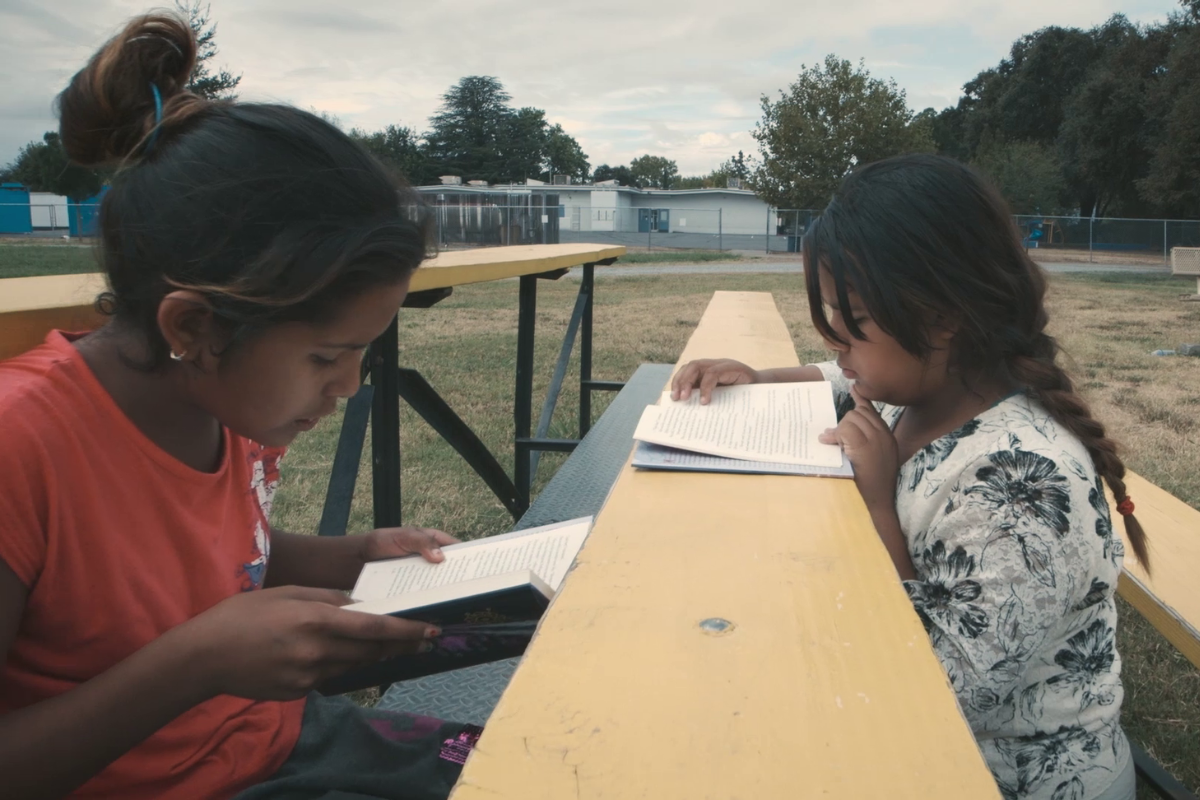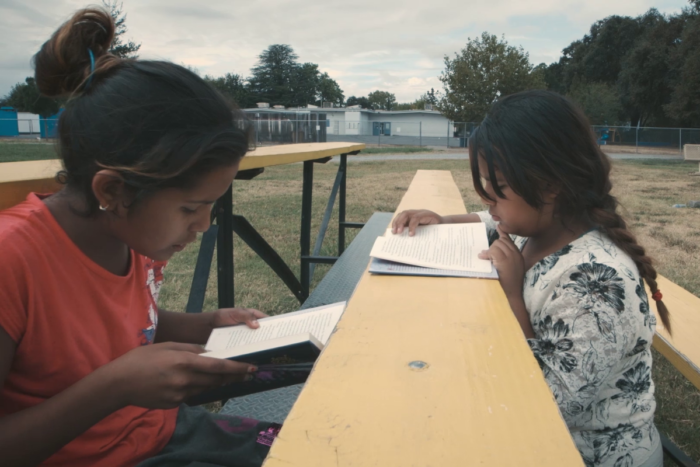
Three Ways to Celebrate Hispanic Heritage Month with Your Students
Every year, Americans observe National Hispanic Heritage Month from September 15 to October 15. The celebration emphasizes the histories, traditions, and contributions of our Spanish and Latine ancestors – so that year-round, we can take pride in the diversity of our country, and its resulting strength.
It’s a great time to explore and celebrate the diversity of Latine culture and experiences with all of the children you serve. Get ready to engage your classroom, program, or community in a celebration of cultural diversity with the amazing selection of books in our Latine Characters and Cultures section, many of which are paired with FREE, downloadable reading guides!

1. Read and have children illustrate
Every culture has its own stories which can be used as both a mirror and a window. It’s just as important that every child sees themselves and their culture celebrated as it is to teach other children about the world beyond what they know. You can share some of your favorite folktales, riddles, proverbs, or tongue-twisters from different Hispanic countries and cultures. Your students can compare these stories with the ones they already know from other cultures and have them illustrate these differences for fun!
2. Share a bilingual story
Choose an interesting bilingual story and sit with your students for a dynamic read-aloud. If you are not bilingual in English and Spanish yourself, invite a guest reader, such as a teacher, librarian, local community member or even a family member of one of your students to participate. There are so many different kinds of bilingual books for all ages, different reading levels, and various genres. Share the inspiring biography She Persisted: Sonia Sotomayor which tells of the first Latina Supreme Court Justice, or explore a new, colorful neighborhood with picture book Paletero Man. We have lots of suggestions, but you can also check out the wide variety of Spanish and bilingual books for all ages on our Marketplace.
3. Display an interactive map of the world
You can have Hispanic/Latine children place a sticker on the region(s) where their families originated. They can then share what they know about those places with their peers. These can be personal memories, stories they have heard from family members, or facts and information learned from books. This activity can help children of all cultures make connections with themselves and their peers. For older students, you can also assign a deep dive research project on specific countries’ history, cultures, and customs to be presented to the class.
Join Our Network
Educators can join First Book’s Network — the largest and fastest-growing network of educators, schools, and programs serving children in need across the United States and Canada — to bring these titles to your classroom and to gain access to even more free resources.
This blog has been updated by Joey Mathis on July 20, 2022.
